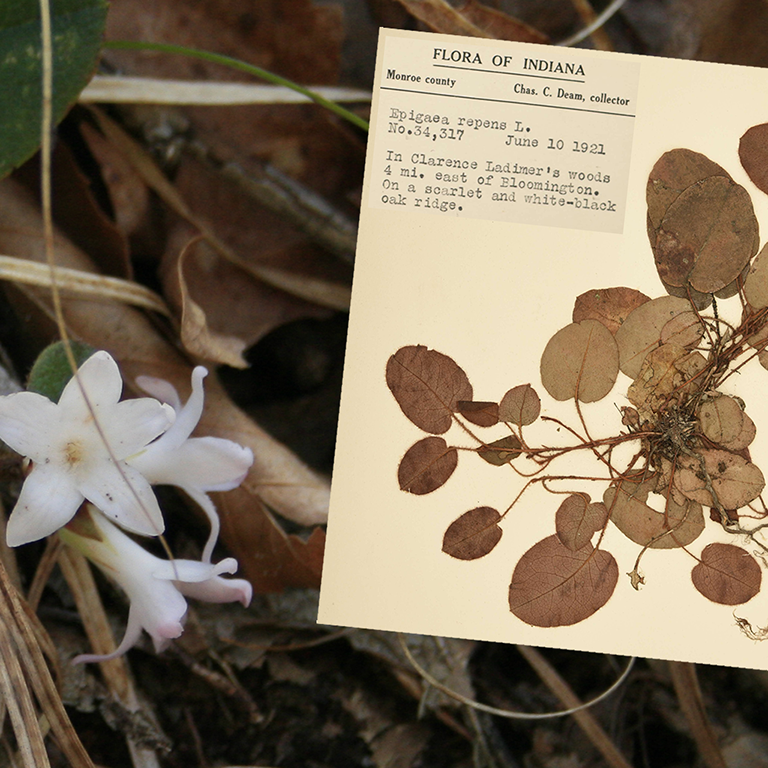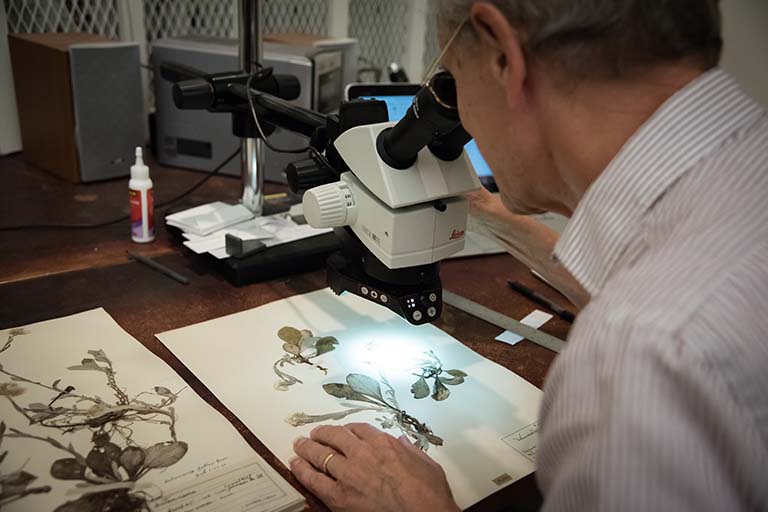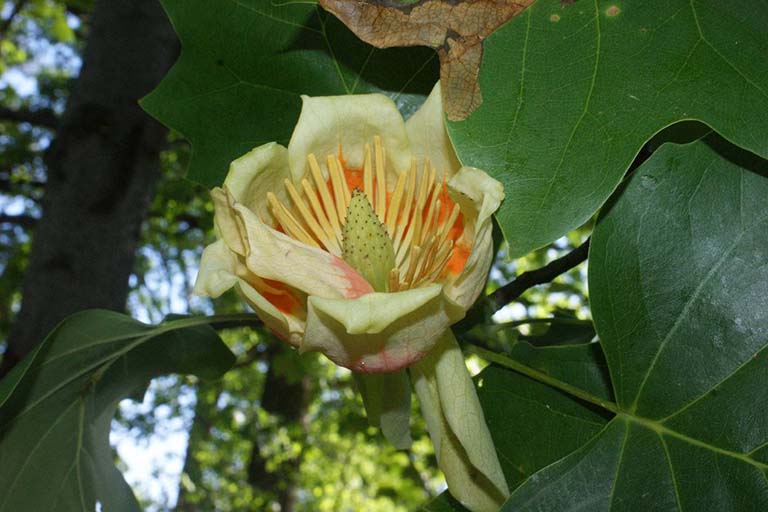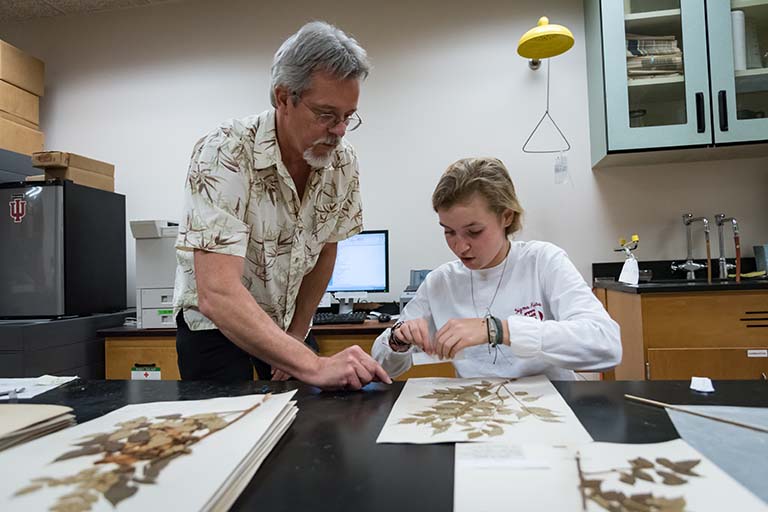The specimen label information has been transcribed for all 128 lichen, 1,575 bryophyte, 3,813 fungus, and 152,433 vascular plant specimens—totaling nearly 158,000 specimens! The second milestone was achieved with completion of the compilation of the geographic coordinates of the collecting sites for all of the IU Herbarium's Indiana specimens.
In 2013 a workplan was approved for digitizing the entire IU Herbarium. The IU Herbarium was established in 1885 as a research facility and specimen repository that documents our knowledge of Indiana’s flora and the research conducted by IU’s botanical faculty and students.
The digitization project started in fall 2014 with the goal of completing the project by June 2019—in time for IU’s bicentennial celebration. The initial phases of inventorying (June 2015), curating (June 2017), and photographing the accessioned specimens (January 2018) were completed on time.
The race was on to complete the final two phases: (1) transcribing the specimen label information into the online databases and (2) determining the latitude/longitude of the collecting sites so that the information can be displayed and accessed in map-based information systems. The primary label transcription for all specimens and georeferencing the 79,604 Indiana specimens were both completed in November 2018.
Most phases of the workplan had overlapping organization so that each new phase started as soon as the previous phase made sufficient initial progress. Georeferencing, however, is most efficiently completed after the primary label transcription and subsequent quality control work are done. The a priori workplan captured this efficiency by creating a skeletal database record (with species name and locality to the state and county level) at the time of specimen imaging. This information then was used to prioritize label transcription for specimens from Indiana ahead of the other states and from elsewhere in the world.
The large number of specimens from Indiana is due to the fact that the IU Herbarium now holds the collection of Charles C. Deam. Charlie and his wife Stella decided in 1905 to document the county-by-county distribution of the Indiana vascular plant flora. The results were published in Deam’s Flora of Indiana (1940). Each species entry included a county outline map for Indiana that indicated where the species was found and when it flowered.
Deam's attention to detail spawned a statewide effort to update county distribution records published annually in the Proceedings of the Indiana Academy of Science. Although the IU Herbarium holds the oldest and historically most important collection of Indiana plant specimens, complete documentation of our knowledge of the Indiana flora must await digitization of the remaining Indiana specimens held in other herbaria.
In the interim, the IU Herbarium has developed several features of the Consortium of Midwest Herbaria data portal. The portal provides public access to IU’s vascular plant information.




 The College of Arts
The College of Arts